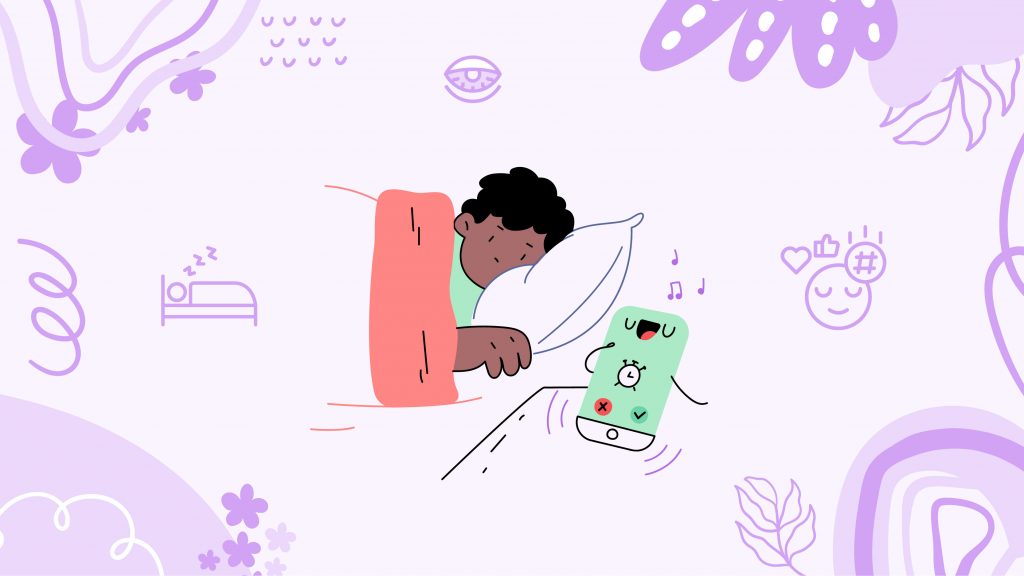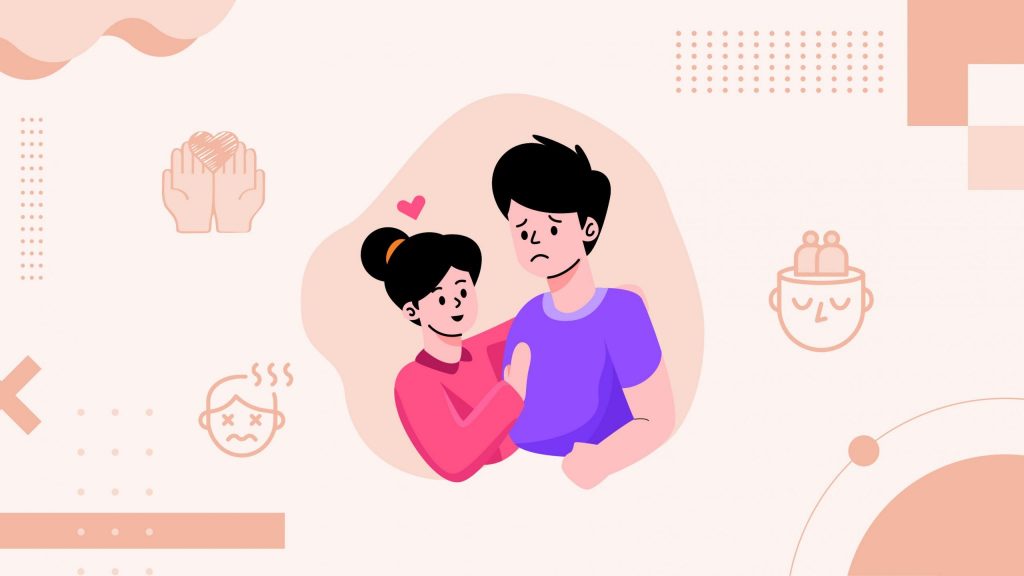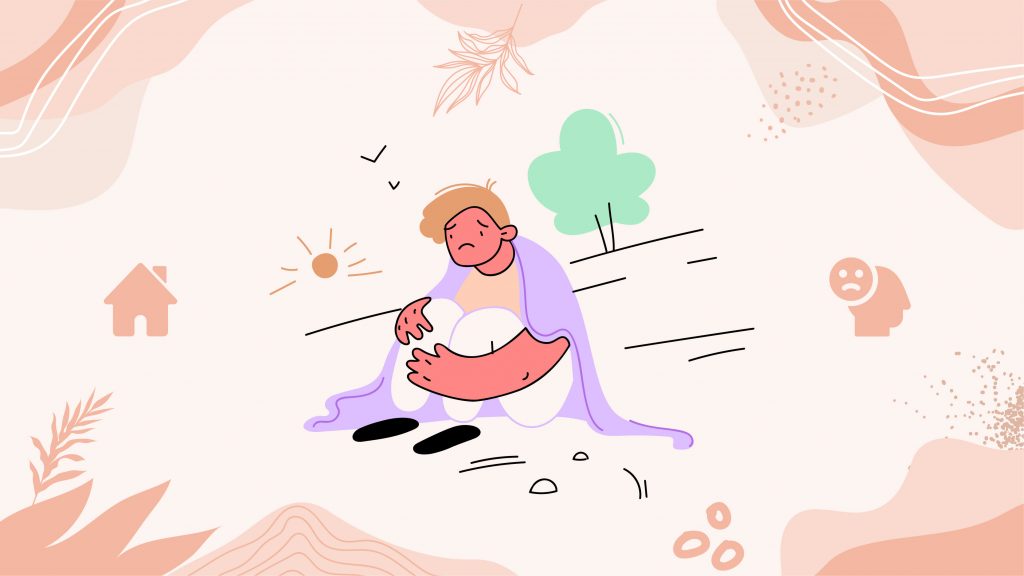The Give-and-Take of Life
Let’s talk about the all-too-familiar balancing act of giving and receiving. It’s like being a tightrope walker in the circus of life, trying to stay upright between the poles of generosity and self-care.
We’ve all been there, right? Sometimes pouring so much into others that we’re running on empty, or at times, awkwardly side-stepping offers of help because, well, we think we should handle it all alone.
It’s this constant back-and-forth, trying to be there for everyone else while also saving a piece for ourselves. And it’s tricky, no doubt about it. You might find yourself playing the superhero too often, swooping in to save the day at the cost of your own peace. Or maybe you’re the fortress, all walls and barriers, toughing it out rather than letting someone lend you a hand.
This dance isn’t just personal; it’s woven into the very fabric of our social interactions. Society throws mixed signals, applauding selflessness while preaching self-reliance. No wonder it feels like a tug-of-war, with altruism on one end and self-preservation on the other, each pulling with all its might. Let’s unpack this challenge, understanding the push and pull that shapes our actions and reactions in the world of give-and-take.
The Neurochemistry of Exchange
The Neurochemistry of Exchange is a “thing” and explains the underlying biological and psychological mechanisms that influence our ability to balance giving and receiving. When we give to others, the brain releases oxytocin and dopamine, enhancing feelings of happiness and social bonding.
However, chronic over-giving can lead to stress, depleting serotonin levels and triggering burnout. Conversely, receiving or asking for help activates neural pathways associated with vulnerability and trust, which can be challenging for those who prize self-reliance. The complex interplay of neurotransmitters and brain regions involved in these processes, illustrate why finding a balance can feel so counterintuitive.
Moreover, the anterior cingulate cortex (ACC) and insula are activated during empathetic and prosocial behavior, mediating feelings of empathy and compassion when we give or help others. These areas are also involved in processing feelings of gratitude and appreciation when we receive.
On a neuroendocrine level, the act of giving and the subsequent release of oxytocin can reduce activity in the hypothalamic-pituitary-adrenal (HPA) axis, lowering stress responses.
However, excessive giving without reciprocal receiving can disrupt this balance, leading to heightened HPA axis activity and increased cortisol levels, contributing to stress and potential burnout.
The interplay between these neurochemical and neuroendocrine responses underscores the delicate balance required in giving and receiving.
It highlights the importance of nurturing social bonds while maintaining personal well-being, illustrating the intricate dance of neural and hormonal signals that govern our social interactions and emotional health.
Steps to Symmetry
To truly embrace and foster a balanced approach to giving and receiving, consider these actionable tips:
- Engage in Reflective Practices: Regularly engage in practices like meditation or journaling to reflect on your experiences with giving and receiving. This introspection can help you understand your motivations, recognize feelings of resentment or guilt, and adjust your behaviors accordingly.
- Learn to Say No (and Yes): Develop the skill of politely declining requests that overextend your resources, while also learning to say yes to offers of help. This might involve role-playing scenarios with a friend or coach to build confidence in both asserting your needs and acknowledging your vulnerabilities.
- Monitor Your Energy Levels: Keep a diary to track how different interactions affect your energy and emotions. This can help you identify patterns where you might be giving too much or not allowing yourself to receive, guiding you to make more balanced choices.
- Cultivate Reciprocal Relationships: Seek out and nurture relationships where there is a mutual exchange of support and assistance. These reciprocal connections can provide a safe space for both giving and receiving, fostering a sense of equality and respect.
- Educate Yourself on Healthy Boundaries: Attend workshops or read books on establishing and maintaining healthy personal boundaries. Understanding these principles can empower you to engage in more balanced exchanges with others.
- Practice Gratitude Exercises: Regularly acknowledge and express gratitude for the help and support you receive, whether through thank-you notes, verbal appreciation, or reflective gratitude journaling. This can enhance your comfort with receiving and acknowledging the contributions of others to your life.
- Seek Feedback: Regularly ask for feedback from trusted friends, family members, or colleagues about your giving and receiving habits. They can provide valuable insights and perspectives that you may not have considered.
By implementing these steps, you can develop a more balanced approach to giving and receiving, leading to healthier relationships, reduced stress, and a more fulfilling life.
Subscribe to newsletter
Get your Gut Health Starter Guide right now.
Elevate your Tuesdays with practical, science-backed wisdom propelling you forward on your gut health journey.

Tales of Transformation
Samantha, a dedicated nurse and community volunteer, always put others first, often at the expense of her own needs. Her days were packed with back-to-back shifts at the hospital and evenings at local charity events. Though her generosity was commendable, it left her feeling drained and unappreciated.
Samantha’s turning point came when a colleague gently pointed out her exhaustion and offered support. Initially resistant to accept help, Samantha eventually embraced the idea, learning to balance her altruistic endeavors with self-care and accepting assistance.
Samantha reflects, “For years, I believed that constantly giving was the path to fulfillment. But it led to burnout and a feeling of emptiness. I had to hit pause and reassess my approach to giving and receiving. I started setting boundaries, saying ‘no’ when necessary, and, importantly, allowing myself to receive help and care from others.
This shift was challenging but transformative. I learned that accepting support didn’t diminish my ability to give; it actually replenished me, making my giving more sustainable and joyful. Now, I feel more balanced and whole, with a deeper connection to myself and others. The journey to this equilibrium has taught me the true essence of reciprocity in relationships and the profound impact it has on personal well-being.”


















